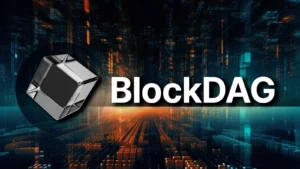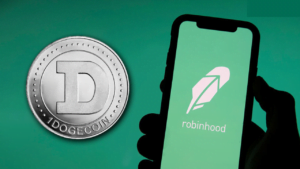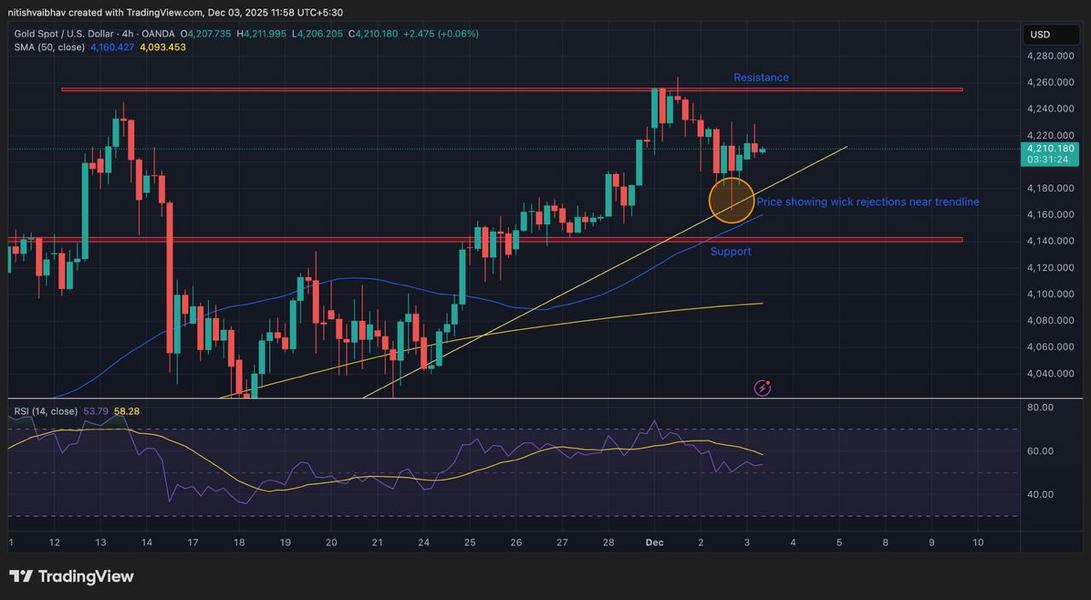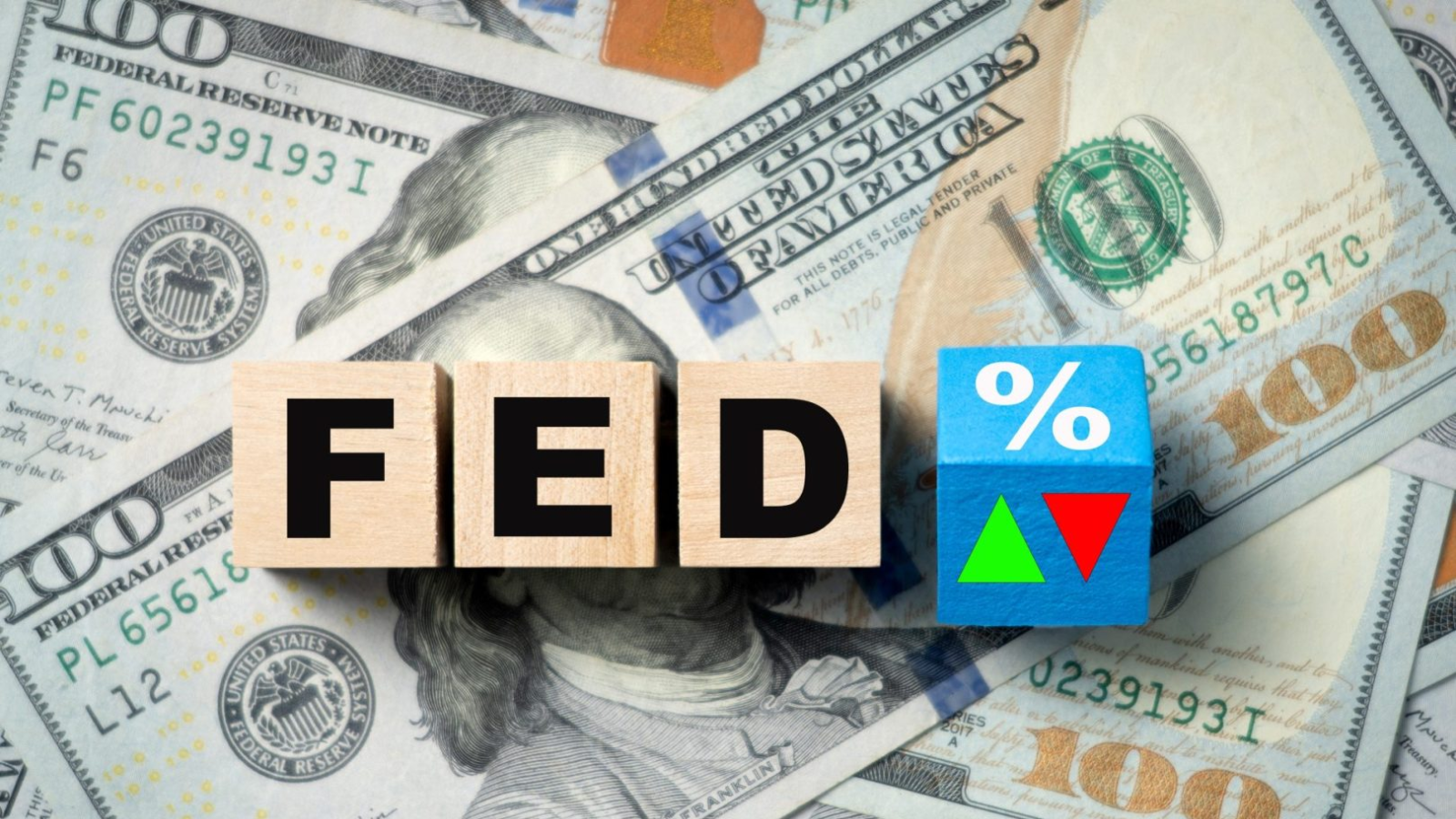With the extensive adoption of digital currencies, the idea of creating your own cryptocurrency is definitely enticing. However, establishing a solid and well-designed crypto project requires significant knowledge and expertise with a clear vision. While more than 18,000 cryptocurrencies are in circulation, less than 100 are actively traded and widely known. This fact reiterates the importance of dedicated communities, systemic roadmaps, and powerful backers in the crypto arena.
Also, note that the costs and development time of creating a new cryptocurrency differ according to a variety of factors, including your project’s complexity level, promotion & audit design, and documentation & coin placement budget. So, if you are thinking about how to make your own cryptocurrency, this write-up will help you understand the basics to get started.
Table of Contents
ToggleCreating a crypto coin vs crypto token
Before diving into this guide, it is essential to know the difference between crypto coins and tokes. While both are cryptocurrencies, coins exist on their independent, native blockchain. Bitcoin (BTC) and Ethereum (ETH) are the two most famous examples of crypto coins that are built on distinct blockchain networks and incorporate unique consensus mechanisms.
On the other hand, crypto tokens run on a pre-developed blockchain and utilize that blockchain’s resources. To name some token standards, ECR-20 (built on Ethereum), BEP-20 (established on Binance Smart Chain), and TCR10 (built on Tron) are the most common ones. To further illustrate, LINK, USDT, and CAKE are some top-rated digital assets that do not own their independent blockchains, coming under the umbrella of tokens.
How to create cryptocurrency – 7 basic steps
1. Define the idea and basis of your project
Prior to the crypto development process, you must first thoroughly think about the purpose of your project and how it would attract the public. Some of the key aspects you should contemplate include:
- Which central issue your crypto or dApps would tackle?
- What would be the demographics of your target audience?
- Will there be any pre-determined roadmap?
- How will the ICO/STO funds be spent?
- How will you bring value to your project?
All such basic resolutions must be clearly indicated in your white paper to establish the credibility of your crypto token. That being said, although you can spontaneously create cryptocurrencies anytime, a token/coin without any underlying strategic plan and viable structure would rarely succeed.
2. Elect a consensus protocol
A consensus mechanism determines how the network transactions will be validated and added to the blockchain by participants. When creating a coin or selecting a blockchain for a token, you have to carefully decide which consensus algorithm you want. While the Proof-of-Stake and Proof-of-Work are the two most prominent mechanisms, several other protocols like Proof of Importance, Byzantine Fault Tolerance, Ripple Protocol Consensus Algorithm, and Delegated proof-of-Stake, are also worth considering.
3. Create / Select a blockchain
As you would have already guessed, creating a crypto coin is much more complicated than developing a crypto token. Although various online courses explain how to create a crypto coin from scratch, you are still required to have some pre-existing skills and substantial coding expertise to follow them. Mostly, hiring a professional team with coding proficiency and absolute know-how of blockchain technology is recommended if you want to establish a new blockchain or even fork an existing one.
In contrast, creating a crypto token on an existing blockchain is relatively easy as the framework is already laid out. Blockchain platforms offer the token developers considerable authority to customize their assets while also allowing them to exploit the prestige and reliability of the parent network.
When selecting the platform for your token development, some of the blockchain parameters you could analyze include: supported coding language, price structure, type of consensus, popularity, and liquidity.
4. Decide the functionality of nodes
Nodes maintain the decentralized framework of a blockchain and preserve, process, and verify the data blocks. In other words, they are key components enacting the consensus protocol, hence, ensuring the efficiency and security of blockchain.
While establishing your own cryptocurrency, you will have to decide the exact procedure through which the nodes will operate and reach a consensus. For instance, you must determine if the nodes will be private, public, or hybrid? What will be the operating system and hardware requirements? And how the nodes will be hosted?
5. Draft your blockchain’s infrastructure
Ensuring the viability of all the blockchain’s functionalities is one of the most important steps when creating your own coin. It is because once the blockchain is launched, various components cannot be changed or modified then. Following are some of the fundamental factors to consider and test before publicly introducing the mainnet:
- Tokenomics: what will be the initial pricing, total supply, and distribution model of coins?
- Blockchain permission: whether your blockchain will be private, public, permissioned, or permissionless?
- Key format: what will be the format of your blockchain’s public and private keys?
- Issuance of new coins: according to which rules the news coins will be issued on the blockchain?
- Rewards: What will be the rewards criteria for the network validators?
- Management of private keys
- Maximum block size
- Transactions limit and speed
6. Integration of APIs and suitable user interface
After setting up all the basic infrastructure of your blockchain, make sure that your fresh cryptocurrency integrates the necessary APIs (application programming interfaces) for its large-scale adoption. In the case of token development, even if your selected platform does not offer APIs, you can take help from third-party API providers.
Moreover, it is essential to assimilate a neatly-designed and simple user interface for your crypto, as people do not prefer overly-complicated processes. To maintain a seamless connection between your blockchain and participants, you should focus on refining both the back-end and front-end programming. Further, the FTP, mail, and web servers should remain up-to-date.
7. Verify the legal compliance of your crypto
After the completion of the whole process, you should analyze the regulations and laws related to the promotions and offering of digital coins. You must check if you could face any liabilities as a developer of new crypto to avoid any hefty fines or legal implications. Essentially, it might be best to acquire professional help regarding the legal intricacies of your new cryptocurrency before its public launch.

![How to Make Your Own Cryptocurrency [Step by Step Guide]](https://thetradingbay.com/wp-content/uploads/2022/05/How-to-Make-Your-Own-Cryptocurrency.jpg)











